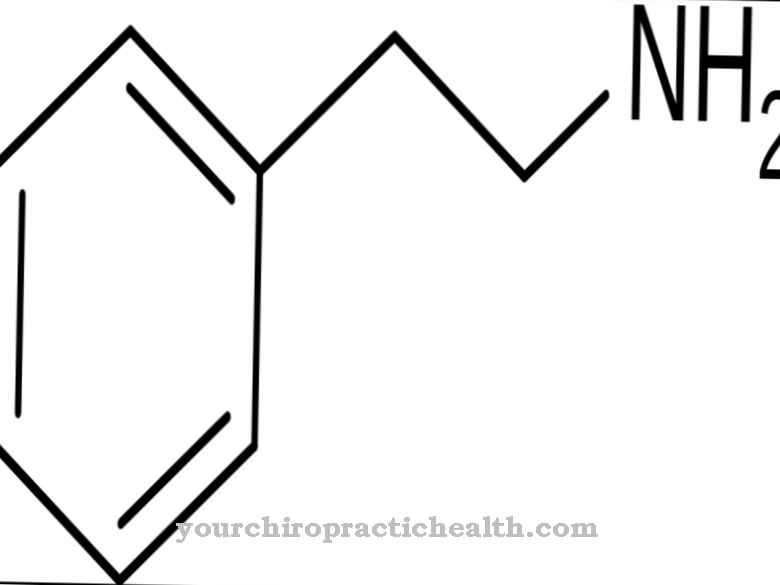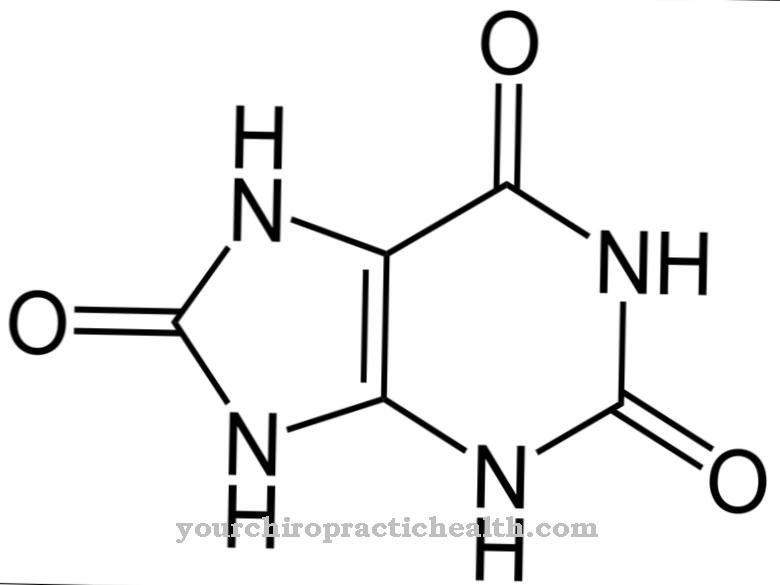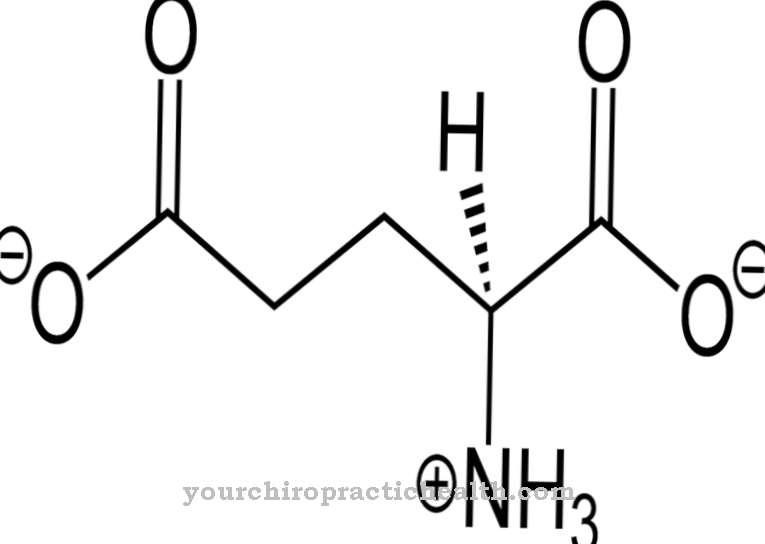Lactic acid belongs to the hydroxycarboxylic acids. It forms an important product of the metabolism.
What is lactic acid?
With lactic acid (Acidum lacticum) is an organic acid. It belongs to the hydroxycarboxylic acids and is therefore an alkanoic acid. It has both a hydroxyl group and a carboxy group. Lactic acid is also known as 2-hydroxypropanoic acid or 2-hydroxyproprionic acid.
The esters and salts of the acid are called lactates. In the form of lactate, lactic acid is an important intermediate metabolic product. This primarily includes lactic acid fermentation and sugar breakdown. Around the world, about 250,000 tons of lactic acid are produced every year. This is mostly used in the food industry. Lactic acid was first discovered in 1780 by the German-Swedish chemist Carl Wilhelm Scheele (1742-1786).
This isolated them from sour milk. In 1808, the Swede Jöns Jakob Berzelius (1779-1848) also discovered meat lactic acid. In 1856, Louis Pasteur (1822-1895) finally discovered lactic acid bacteria, which led to an understanding of lactic acid fermentation. From 1881 the large-scale production of lactic acid took place in the USA. Since then, large amounts of lactic acid can be produced with the help of bacteria.
Function, effect & tasks
Lactic acid comes in two varieties. A distinction is made between right-turning and left-turning lactic acid. The difference between the two forms is that the atoms are arranged in different ways, which also results in different physical properties.
The term "rotating" goes back to the physical properties of light. If the lactic acid is brought under polarizing light, the light beam is rotated either in the right or in the left direction. The dextrorotatory lactic acid (L (+) - lactic acid) is also called physiological lactic acid, as it can be easily used by the human body. In addition, it is one of the metabolic end products of the human body. With the help of clockwise lactic acid, energy can be gained within the metabolism. Another function is the protection of the intestinal mucosa.
In contrast, levorotatory lactic acid (D (-) - lactic acid) first needs to be converted by an enzyme before it can be digested.The unphysiological levorotatory lactic acid, which is absorbed through food, is difficult to digest by the human body.
Lactic acid is not of essential importance for humans. However, it and the lactic acid products have some health benefits. The right-turning lactic acid is important for the metabolism. So she cares u. a. for the generation of energy in the red blood cells, liver and muscles. It also serves as a starting material for building steroids, fatty acids and glucose. Lactic acid also provides significant protection for the human intestinal flora. It also ensures that pathogens cannot spread. Bacterial lactic acid also fulfills this task in female vaginal secretions. The same applies to the protective acid mantle on the skin, one of which is lactic acid. For this reason, lactic acid is also used as a natural remedy.
In contrast to dextrorotatory lactic acid, levorotatory lactic acid only serves to generate energy. Their implementation from food is much slower. It also causes a slower metabolism.
Education, occurrence, properties & optimal values
In the human body, dextrorotatory lactic acid is primarily produced in blood, sweat and saliva. It is also produced in bile, kidney and muscle serum. Lactic acid is formed in the body through exercise and intense physical exertion.
Lactate, which is the salt of lactic acid, is produced in the muscles. The lactate is in turn produced from glucose (grape sugar) if there is no oxygen available. Doctors also refer to this process as anerobic glycolysis. An increased lactate value is also an indication of the development of certain diseases. These include infections, diabetes mellitus, brain injuries and a pulmonary embolism.
A lactate or lactic acid level of 0.5 to 2.2 millimoles per liter in the blood plasma is considered normal. The reference value in the fluid of the spinal cord (liquor) is 1.1 to 2.4 millimoles per liter. These values increase through intensive sport or hard physical work. The same applies to metabolic imbalances in the case of diabetes and serious illnesses such as heart failure. If the lactic acid values are too low, this does not constitute a disease value.
Lactic acid fermentation also creates popular sour milk products such as yoghurt, sour milk, buttermilk and kefir. In addition, lactic acid is used as a diverse acidulant in the food industry.
Diseases & Disorders
Negative impairment of the human metabolism due to a diet with levorotatory lactic acid has not yet been recorded in healthy people. However, it is recommended not to consume too much non-physiological lactic acid. There is a risk of lactic acidosis in risk groups. This is a metabolic disorder that is triggered by the accumulation of levorotatory lactic acid. In the case of diabetes or liver damage, existing acidosis may intensify.
Detrimental effects on human health can also be seen in the case of circulatory diseases or an increased uric acid level. This risk also exists in competitive athletes.
Infants must not receive levorotatory lactic acid. The reason for this is their still immature metabolism. Lactic acid products, which are made up of dextrorotatory lactic acid, do not pose a health risk and are particularly recommended. For this reason, dextrorotatory lactic acid is a generally permitted food with no restrictions.



























